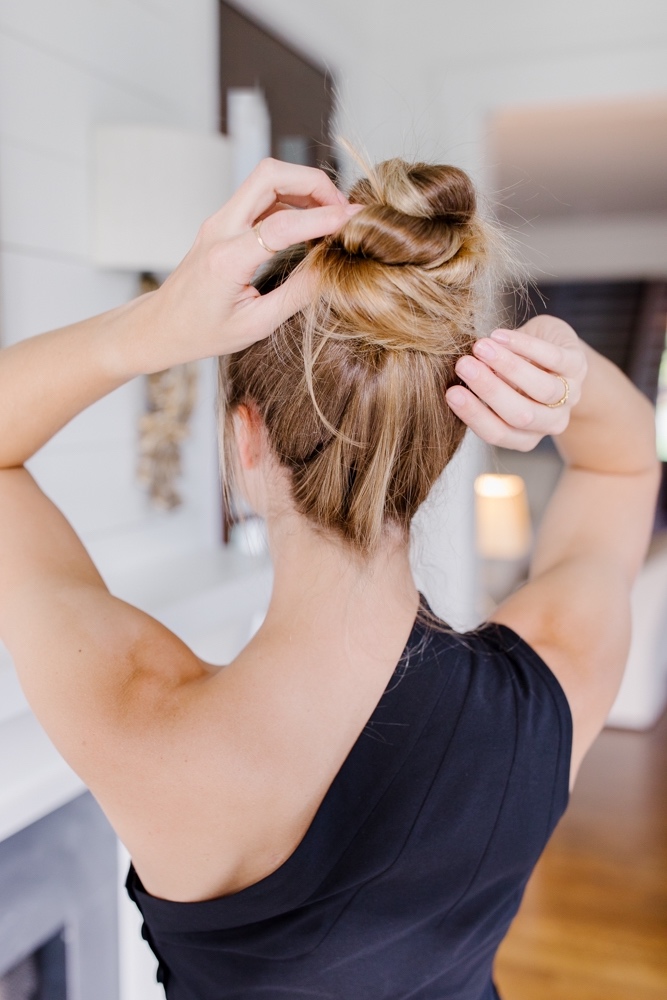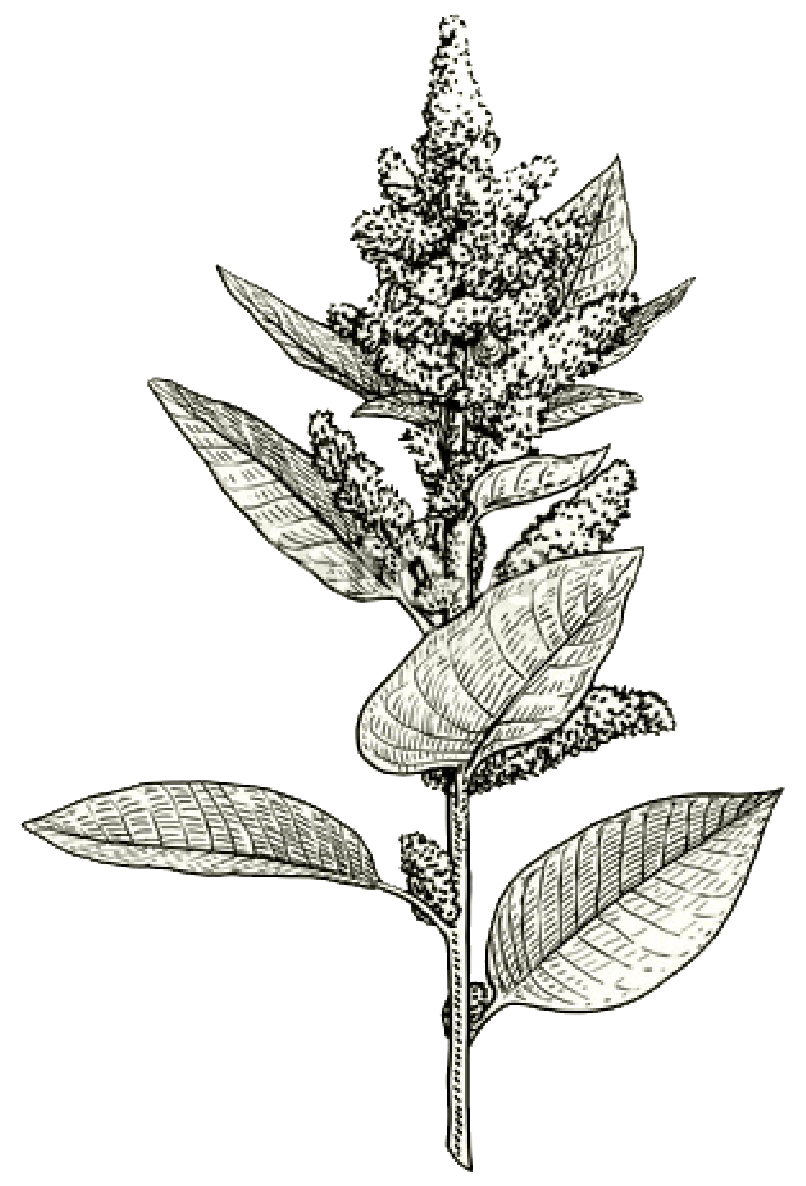
As I’ve gotten better at styling and taking care of my hair over the years, I’ve realized that finding the perfect hair brush isn’t the goal: it’s having a collection of hairbrushes that are each designed to do just one job way better than the others.
Owning multiple hairbrushes might seem excessive, but the right hair brush can make the difference between flat curls and bouncy ones, damaged hair and healthy locks, total frustration and a great hair day.
Below, you’ll learn about the five main hair brush types I think every woman should consider, including details on what each is best for and how to use them.
1. Detangling Brush
Thank goodness for the invention of flexible bristles and wet brushes that prevent breakage on delicate wet hair. I use this Wet Brush detangling brush on my thick hair with a leave-in conditioner and can release even the toughest knots. Full Disclosure: My wet brush has broken several times, so I’m considering the Harry Josh Pro Tools Detangling Brush and the Tangle Teezer, two alternatives with plastic bristles.
2. Wide-Tooth Comb
My natural hair is wavy year-round and could pass curly hair when it’s humid. When I want curls without frizz, I reach for a wide-tooth comb. Traditional detangling combs aren’t easy to move through my hair type without snags, but this comb moves through my wet hair like butter after a light mist of this detangler that my hairstylist recommended. The tapered teeth are far enough apart to keep curls in tact (combs with narrow teeth straighten and create frizz).
3. Mixed Bristle Brush
Natural boar bristle brushes help distribute natural oils from your scalp to your cuticle, and nylon bristle brushes help detangle. Combining them = the best of both worlds, and that’s what you get in the Mason Pearson hairbrush. It’s hard to explain, but this brush has a magical effect and simply brings out the best in YOUR everyday hair. I notice an immediate difference in volume and appearance. It’s my go-to for brushing dry hair, everyday maintenance, creating shiny hair, adding life to loose curls, and giving volume to an updo (even a simple ponytail). The Denman Classic Styling Brush on Amazon is a great runner up.
4. Round Brush
When I’m using my Dyson blow dryer or any tool with hot air for a blowout, I use a ceramic round brush for efficient drying time. This one by Olivia Garden is ergonomic (easy to hold) and great for control, so sectioning as you go is easy. The textured bristles help smooth even fine hair, so I hardly ever have flyaways or need to go over it with a flat iron. Other round blow-drying brushes I like for styling include the Cricket Technique Tourmaline brush at Ulta and the Harry Josh Pro Thermal brush.
5. Paddle Brush
Every now and then I want an ultra-straight, sleek finish to my long hair, so I reach for a wide wooden paddle brush with a rubber pad. This style looks really pretty with a middle part and a high-gloss oil, like this one from Sephora. I’ll use the paddle brush to blow dry my hair straight. The wide design helps you pick up large sections of hair to make the process faster, and the flat cushion brush aids in getting that straight hair you’re after.
Shop My Hairbrush Collection
Hair Brush Type FAQ
If I have to choose just one hairbrush, what should it be?
This is so hard, but I’d have to say a detangling brush. Most hair is relatively fine and therefore tangles easily, so it’s hard to live without one. In the past, I’ve taken only my wet brush on trip and am able to use it to detangle, style, and add volume.
Are expensive brushes worth it?
Usually, yes. While a brand name sometimes bumps up the price of otherwise basic hair brush types, most expensive brushes are made with high-quality materials that make the brush more durable or are designed with hair health and styling efficiency in mind. I find that my costly hair brushes last longer and work better than my cheap ones.
What’s the best hair brush to prevent breakage?
The first two on this list are the most essential: a detangling brush and a wide tooth comb. If you can, try to touch and brush your hair as little as possible when it’s wet (it’s most delicate when wet). I try to let mine air dry as much as possible and never tug at my hair.
What are the best hair brush types for frizzy hair?
When combined with an ionic hair dryer, a round brush will create smoothness that’s out of this world. You’ll just want to make sure that the brush itself has a smoothing component, like nylon bristles for a better grip.
How do I choose a round hairbrush size?
It’s totally up to you! I find that a 2.75” is the most versatile, but that may not work for you. I recommend watching your hairstylist the next time they give you a blowout to see what they use.
What’s the difference between natural and synthetic bristles?
Natural bristles typically come from some sort of animal, like a badger or boar, and are great at distributing oil and working with the natural texture of your hair. Synthetic bristles are made with nylon, polyester, or a combination of the two, and they’re excellent at detangling and gripping the hair so that you have more control.
I hope this article helps you find the perfect hair bruh for your collection! For more haircare advice, styling tutorials, and reviews (Dyson hair dryer, T3 Curling Iron, Revlon styler, etc.), click here.




I use the detangling brush on Miles’ hair most often because it helps break down his coils. It is the best brush to work the conditioner through and makes his hair easier to comb through.